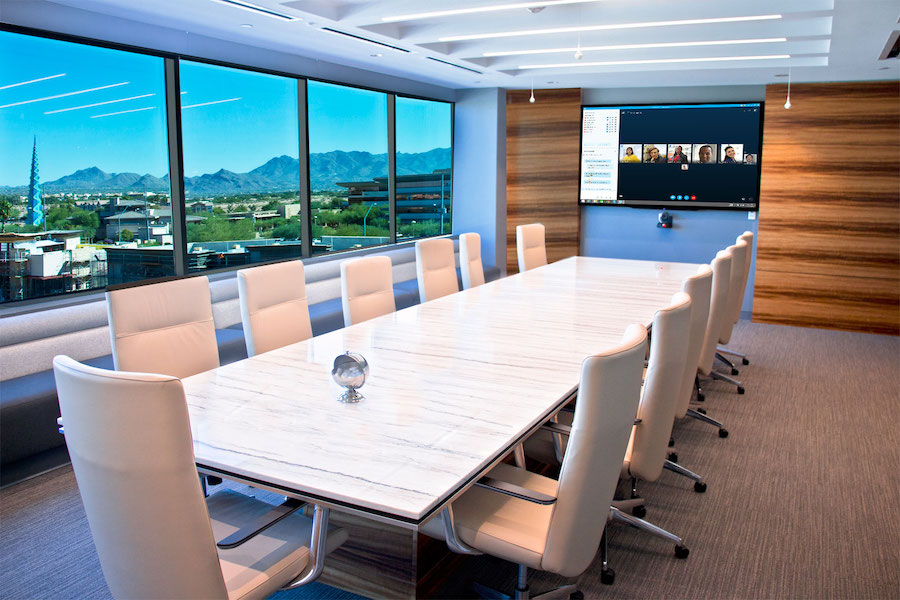 3 Trends in Management of Modern Smart Conference Room Technology
3 Trends in Management of Modern Smart Conference Room Technology
Software and the Cloud Have Changed the Game
Recently we posted about how the user experience is driving the modernization of AV systems and services. In the modern, connected world, everyone is a user and consumer of AV technology. The pandemic of the past two years created Zoom experts out of grandparents that had never video-conferenced in their lives. With the seismic shift to hybrid work models, the ability to see and talk to someone on a computer or device is merely baseline functionality.
So, users in the workplace - home workplaces too – have high expectations for AV systems. They need to be easy to use, allow them to multitask, hold large and inclusive meetings, and have sophisticated tools that integrate easily to share information and freely collaborate. As we noted – and you already know – this is a software-driven world. The smartphone showed the world how you build a smart device with an almost-ready-for-prime time feature set and proceed to make it far more powerful and usable with three years of software updates. Tesla applies that model to automobiles, in an industry not previously known for any upgrades that didn’t involve buying a new vehicle. One of the last industries to catch on is AV, and that presents new challenges.
Modern smart conference room technology is more dependent on software than hardware for the new features and services that today’s workforce expects and demands. And software is a different model when it comes to management. Keep reading below for an outline of three trends that are changing the game in AV services management.

